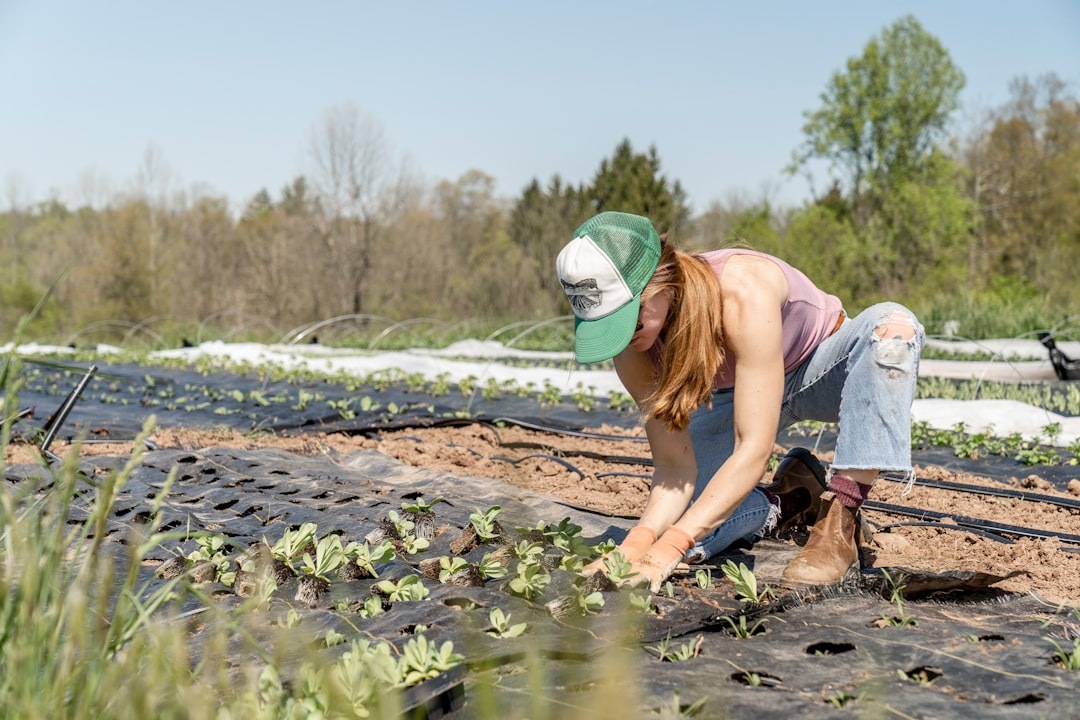Training farm workers effectively is crucial for enhancing productivity, safety, and compliance with regulations. Here are some best practices for training farm workers:
1. Assess Skills Gaps and Prioritize Training Topics
-
Conduct Needs Assessment: Evaluate your workforce to identify gaps in skills and knowledge. Use surveys, performance evaluations, and feedback sessions to understand specific needs.
-
Focus on Key Areas: Prioritize training in agricultural practices, equipment operation, safety protocols, and regulatory compliance.
2. Design Tailored Training Programs
-
Hands-On Learning: Incorporate practical, real-world experiences into training. Allow employees to participate in supervised farm tasks and experiments.
-
Use Technology: Leverage digital tools like online courses, webinars, and videos to supplement traditional methods, especially for remote workers.
3. Involve Workers in the Learning Process
-
Participatory Approach: Engage workers by sharing best practices, using visual aids, and encouraging group discussions. This method helps overcome language barriers and enhances retention.
-
Mentorship and Feedback: Pair inexperienced workers with experienced mentors for guidance and regular feedback. Encourage a culture of knowledge sharing.
4. Ensure Training is Accessible and Engaging
-
Language and Literacy Considerations: Design training to accommodate different language and literacy levels. Use visual aids and demonstrations to facilitate understanding.
-
Gamification and Interactive Methods: Incorporate game-based learning to make safety training more engaging and effective.
5. Evaluate Training Effectiveness
-
Assess Impact: Measure the impact of training on employee performance, productivity, and job satisfaction. Collect feedback and track key performance indicators.
-
Iterate and Improve: Use insights from evaluations to refine training programs continuously.
6. Promote Continuous Learning
-
Encourage Lifelong Learning: Foster a culture where employees seek additional learning opportunities, workshops, and certifications.
-
Reward Learning Achievements: Recognize and reward employees who demonstrate a commitment to skill development.
By implementing these strategies, farm managers can create effective training programs that enhance worker skills, safety, and overall farm productivity.
Citations:
- https://www.growsmartfarming.com/post/employee-training-and-development-on-the-farm-cultivating-skills-for-success
- https://casa-acsa.ca/wp-content/uploads/Ag-Worker-Safety-Summary.pdf
- https://resources.peopleinneed.net/documents/612-trainings-guideline-v4-final.pdf
- https://smallfarms.cornell.edu/resources/farm-employee-training-resources-and-standard-operating-procedures/
- https://extension.oregonstate.edu/catalog/pub/pnw-771-good-field-practices-agricultural-workers
- https://www.ruralmutual.com/resource/farm-safety/new-farm-employee-safety-training-tips/
- https://www.agproud.com/articles/59658-tips-for-building-skilled-farm-labor-through-employee-trainings
- https://extension.unh.edu/resource/farm-food-safety-employee-training

Comments
No comments yet. Be the first to comment!
You must be logged in to comment. Login